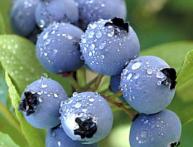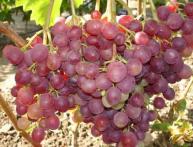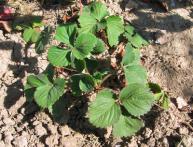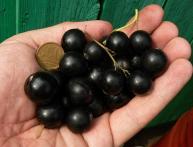Growing and caring for raspberries
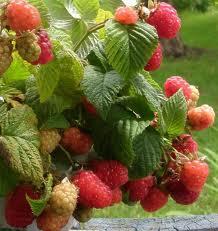
Growing and caring for raspberries interests many gardeners. After all, raspberries are an unusually tasty and healthy berry.
Raspberry prefers fertile soils with optimal moisture content. Raspberries do not tolerate flooding. During drought and during fruit formation, raspberries are watered. Raspberries love fertile soils; the plant is fed periodically organic and mineral fertilizers.
Raspberries are good for mulching. To do this, you can use weeds, grass, sawdust, tree leaves, and shavings. Many gardeners advise growing raspberries on a trellis. This method significantly increases productivity.
It is also important to periodically control the density of shoots. Thickening leads to a decrease in yield and a decrease in berry size. Weak shoots are periodically removed. Raspberry loves sunny places, so it is advisable to choose an unshaded place on the site. The recovery period after planting lasts two years. In the first year, raspberries should not be allowed to bear fruit; to do this, the flowers must be removed. Then the plant will direct all its energy to growth and development.
Berry picking there must be raspberries regular. Berries are picked approximately three times a week. Thus, fewer berries will fall to the ground and the harvest will increase. Caring for raspberries also includes regular weeding, loosening (shallow) soil, and mulching. Pruning raspberries are carried out in the spring. Raspberries are a low-winter-hardy crop; in late autumn, their stems are bent and then tied.
Proper cultivation of raspberries and caring for them will definitely bring results.

